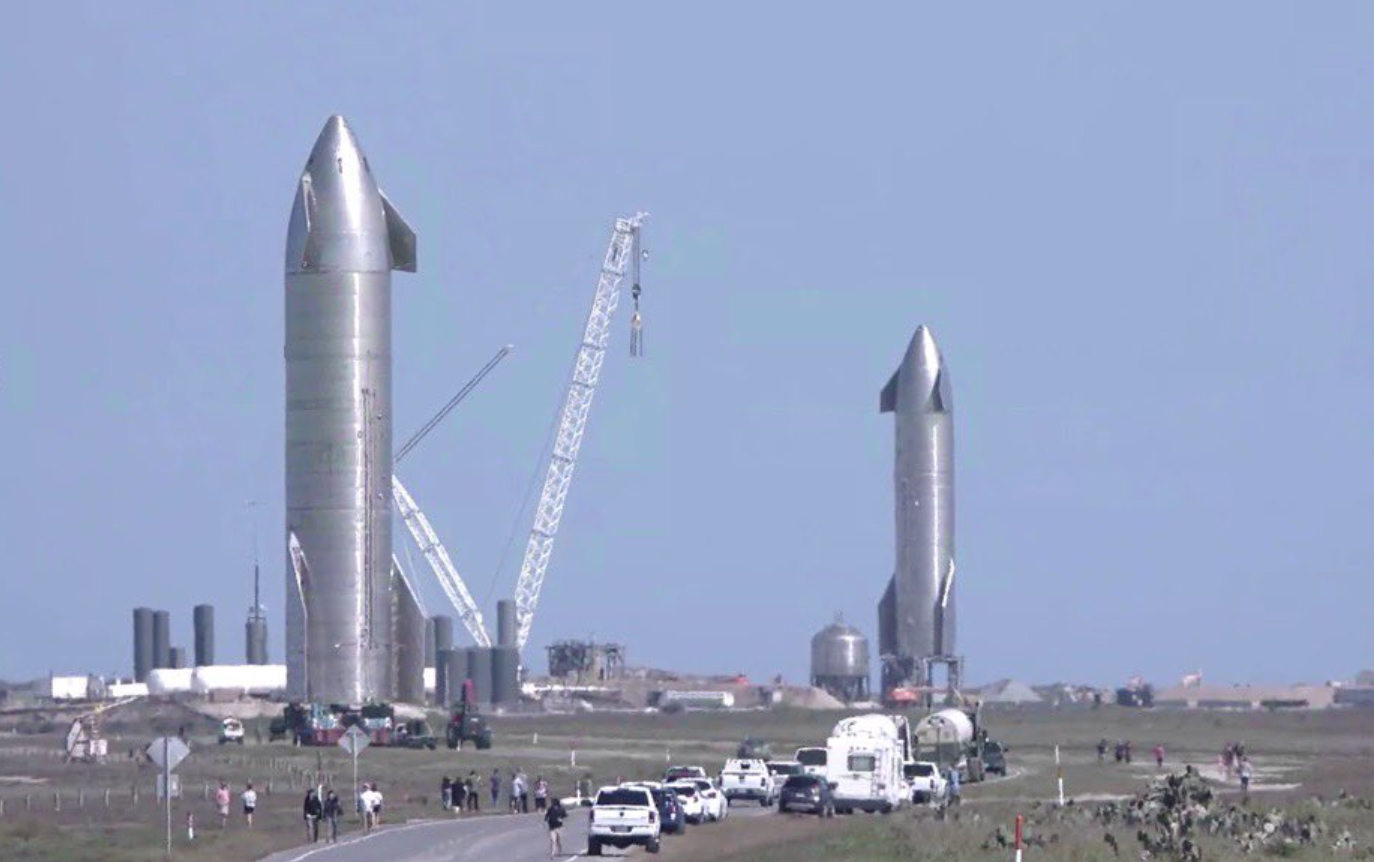SpaceX fires up SN10 Starship prototype for 2nd time

SpaceX has fired up its newest Starship prototype for the second time, continuing the vehicle's test-flight prep.
Starship SN10 ignited its three Raptor engines for a few seconds today (Feb. 25) at 5:57 p.m. EST (2257 GMT) in a "static fire" trial at SpaceX's South Texas site, near Boca Chica Village on the state's Gulf Coast.
SN10's first static fire, which occurred on Tuesday (Feb. 23), apparently revealed an issue with one of the vehicle's Raptors. SpaceX quickly swapped out the engine and got SN10 ready for another static fire, a common preflight checkout for the company's rockets.
Starship and Super Heavy: SpaceX's Mars-colonizing vehicles in images
STATIC FIRE! Starship SN10 fires up her three engines after a record Raptor swap turnaround. The big question is if it was a good test. If so, the launch could be just days away.Mary (@BocaChicaGal) and the bots views:➡️https://t.co/njq1OHR4VB pic.twitter.com/zz0z6MWJVDFebruary 25, 2021
If all went well today, SN10 ("Serial No. 10") could get off the ground very soon, perhaps in the next few days. The vehicle will fly about 6.2 miles (10 kilometers) into the South Texas skies, a high-altitude jaunt similar to the ones flown by the three-engine SN8 and SN9 prototypes on Dec. 9 and Feb. 2, respectively.
Those two flights went well until the very end. Both SN8 and SN9 hit their targeted landing zones but did not survive the touchdown, exploding in massive fireballs.
SpaceX is developing Starship to get people and cargo to the moon, Mars and beyond. The system consists of two fully reusable elements: a 165-foot-tall (50 meters) spacecraft called Starship and a huge rocket known as Super Heavy.
Breaking space news, the latest updates on rocket launches, skywatching events and more!
The final Starship will have six Raptors, and Super Heavy will be powered by about 30 of the engines, SpaceX founder and CEO Elon Musk has said.
The final, operational Starship could be flying soon, if all goes according to plan. SpaceX hopes to launch a prototype into orbit sometime this year, and Musk recently said he thinks the system will be flying people regularly by 2023.
Mike Wall is the author of "Out There" (Grand Central Publishing, 2018; illustrated by Karl Tate), a book about the search for alien life. Follow him on Twitter @michaeldwall. Follow us on Twitter @Spacedotcom or Facebook.

Michael Wall is a Senior Space Writer with Space.com and joined the team in 2010. He primarily covers exoplanets, spaceflight and military space, but has been known to dabble in the space art beat. His book about the search for alien life, "Out There," was published on Nov. 13, 2018. Before becoming a science writer, Michael worked as a herpetologist and wildlife biologist. He has a Ph.D. in evolutionary biology from the University of Sydney, Australia, a bachelor's degree from the University of Arizona, and a graduate certificate in science writing from the University of California, Santa Cruz. To find out what his latest project is, you can follow Michael on Twitter.
